A review of a Corpus-based Study on Yu Hua's Novel Translation Style
DOI: 10.23977/langl.2025.080202 | Downloads: 36 | Views: 775
Author(s)
Miaomiao Feng 1, Shengjie Xu 1
Affiliation(s)
1 College of Foreign Languages, Shandong University of Science and Technology, Qingdao, China
Corresponding Author
Shengjie XuABSTRACT
A Corp-based Study of Yu Hua's Translation styles takes Brothers, To Live and their English versions as the object, and analyzes translation styles from five dimensions of language, rhetoric, narrative, pragmatics and culture-specific items by constructing analogies and parallel corpora. It is found that the language features of the English translation are simplified, but the literal translation retains the rhetorical style of repetition and onomatopoeia. Narrative translation is based on literal translation, supplemented by the balance of fidelity and readability. Culture-specific items adopt transliteration and interpretation, taking into account cultural transmission. The research innovation lies in the multi-dimensional framework and interdisciplinary corpus approach to reveal the mixed characteristics of translation. The limitation is that the sample is concentrated in two works and English translation, and it can be expanded to multi-language translation and reader-acceptance research in the future. This book provides an important reference for translation studies and literary translation.
KEYWORDS
Corpus translation Studies, Yu Hua's novels, Translation style studiesCITE THIS PAPER
Miaomiao Feng, Shengjie Xu, A review of a Corpus-based Study on Yu Hua's Novel Translation Style. Lecture Notes on Language and Literature (2025) Vol. 8: 6-12. DOI: http://dx.doi.org/10.23977/langl.2025.080202.
REFERENCES
[1] Nida, E.A.& Taber, C.R. The Theory and Practice of Translation[M]. Leiden: Brill, 1969.
[2] Bi Y E. The Interaction between sense and construction of indefinite quantifiers [J]. Chinese Language, 2007(06): 507-515.
[3] Han Y S. Adverbs of Degree in Modern Chinese [J]. Chinese Learning, 2000(02): 12-15.
[4] Liu X X. The application of overlapping words in the translation of children's literature [J]. Overseas English, 2012(02): 146-147.
[5] Lu F R. Cultural Implication in the Narrative of Desire in Yu Hua's Novels [J]. Journal of Beijing Institute of Education, 2009(04): 27-30.
[6] Tan F H. A contrastive analysis of English and Chinese repetition Figures [J]. Contemporary Education Theory and Practice, 2009(02): 87-89.
[7] Xu W. Inner Truth: Metaphors in Yu Hua's Novels [J]. Rhetoric Learning, 2002(05): 34-35.
[8] Yu L J. A study on the comparison and translation of Chinese and English overlapping Words [J]. Journal of Qiqihar University (Philosophy and Social Sciences Edition), 2004(06): 13-17.
[9] Zhang F C. The artistic function of repetitions in the Book of Songs [J]. Journal of Xichang University (Social Science Edition), 2007(03): 13-16.
| Downloads: | 48923 |
|---|---|
| Visits: | 931137 |
Sponsors, Associates, and Links
-
Journal of Language Testing & Assessment
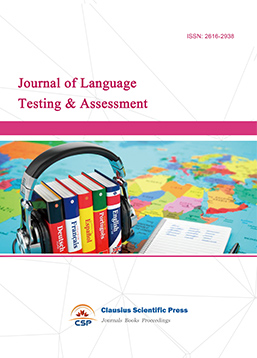
-
Information and Knowledge Management
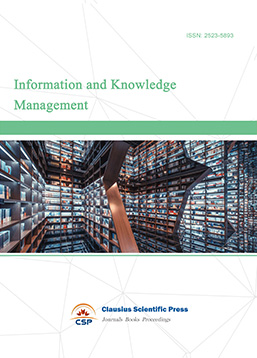
-
Military and Armament Science
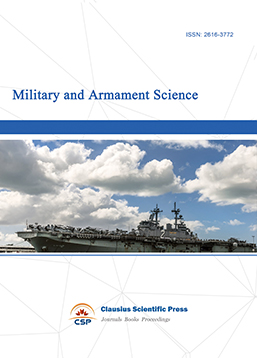
-
Media and Communication Research
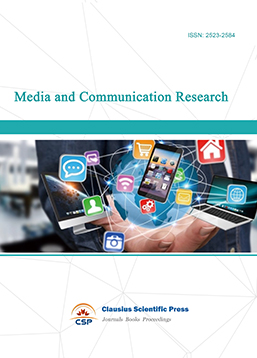
-
Journal of Human Movement Science
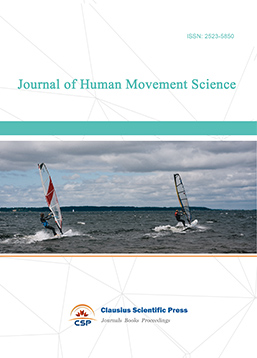
-
Art and Performance Letters
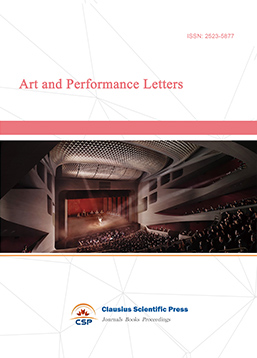
-
Lecture Notes on History
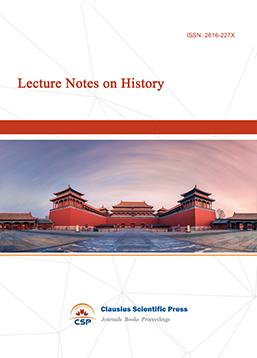
-
Philosophy Journal
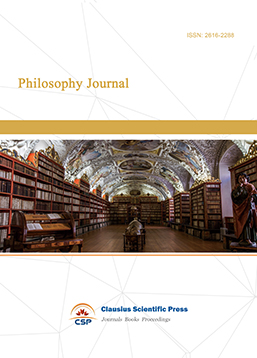
-
Science of Law Journal
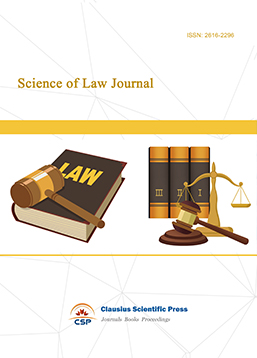
-
Journal of Political Science Research
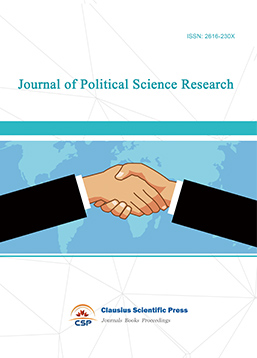
-
Journal of Sociology and Ethnology
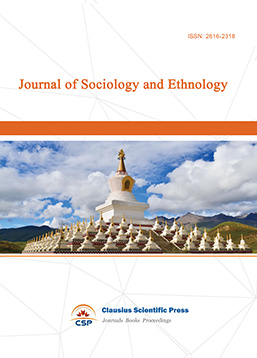
-
Advances in Broadcasting


 Download as PDF
Download as PDF